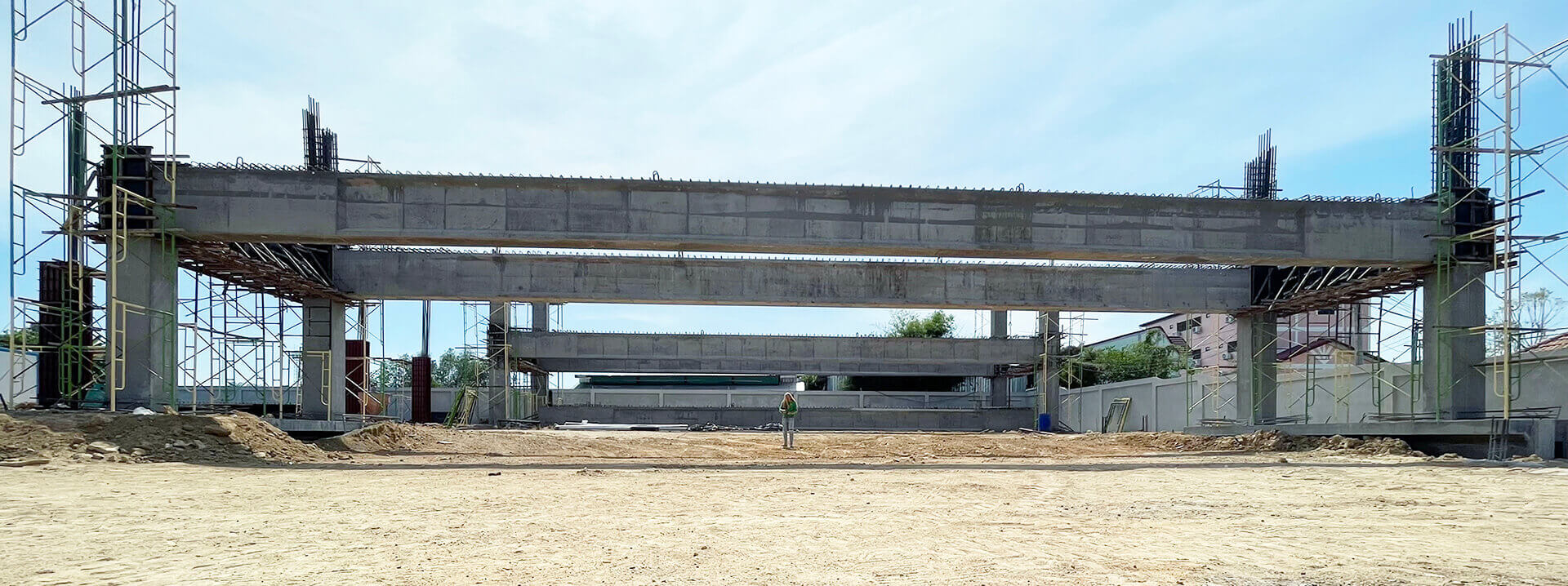


| Architect Brand Mario Kleff | |
| Pattaya, TH | |
| Explore the distinctions between architecture, interior architecture, and interior decoration, highlighting their roles and Mario Kleff's contributions. | |
| Email Mario Kleff | |
| +66643196283 | |
| +66643196283 | |
| LINE | wandeegroup.asia |
| Google | Mario Kleff Signature Architect | |
| YouTube | @mariokleff | |
| mariokleff.official | |
| mario.kleff | |
| mariokleffwandeegroup | |
| KleffMario | |
| FAQ about the brand | |
| FAQ about the architect | |
| Wandeegroup Asia Co Ltd is the top choice for quality construction in Pattaya. Specializing in luxury villas and multi-story condominiums, we partner with Wandee Super Span Co Ltd offer advanced solutions in long span and post-tensioning techniques, enhancing our construction capabilities. |
In design, terms like architecture, interior architecture, and interior decoration are often confused, but each has distinct roles and expertise. Understanding these differences highlights the unique contributions of architects and designers like Mario Kleff.
For Mario Kleff, true architects are engineers—individuals who deeply understand construction processes, structural integrity, and material applications. This perspective distinguishes architects from interior architects and decorators, as each discipline requires specific expertise. While architecture involves designing and engineering structures, interior architecture focuses on spatial functionality, and interior decoration enhances aesthetics.
Mario Kleff embodies this comprehensive approach, merging architectural vision with engineering precision. His work transcends conventional design by integrating structural innovation with aesthetic refinement. As a recognized brand and registered trademark in Thailand (Registration No. 231100524), Mario Kleff represents a commitment to excellence in architecture and decoration.
Architects often seek recognition, honor, and awards but may avoid responsibility, shifting blame to engineers or developers. To truly lead, they must understand the entire construction process—otherwise, architectural design becomes mere decoration.
— Mario Kleff
The term "architect" has its origins in the ancient Greek word "ἀρχιτέκτων" (architektōn). This word is a compound of two Greek words: "ἀρχι-" (archi-), meaning "chief" or "master," and "τέκτων" (tekton), meaning "builder" or "carpenter." Thus, the original meaning of "ἀρχιτέκτων" (architektōn) was "chief builder" or "master builder."
The Greek word "ἀρχιτέκτων" was adopted into Latin as "architectus," retaining the same compound structure and meaning.
The role of the architect evolved over time. In ancient Greece and Rome, architects were not only designers but also often the chief builders and engineers on construction site. As the field of architecture developed, the responsibilities of architects became more specialized and formalized, particularly during the Renaissance when architecture began to be seen as a distinct profession that involved not only construction but also artistic and theoretical knowledge.
The modern understanding of an architect, as someone who designs buildings and oversees their construction, solidified during this period. The introduction of formal education and licensure for architects in the 19th and 20th centuries further refined the profession.
The original meaning of "architect" comes from the Greek "ἀρχιτέκτων" (architektōn), meaning "chief builder." It evolved through Latin as "architectus" and spread to various European languages, maintaining its essential meaning. Over centuries, the role has become more specialized, combining technical, artistic, and managerial skills to design and oversee the construction of buildings.
In the true essence of being an architect, the term does not necessarily imply being a licensed architect as certified by specific educational and regulatory bodies. However, modern architecture typically involves extensive education, training, and licensure to ensure competency and adherence to safety standards. Today, becoming a "licensed architect" generally requires a professional degree in architecture, completion of an internship, and passing a series of examinations. This process ensures that architects are well-prepared to handle the complex demands of the profession.
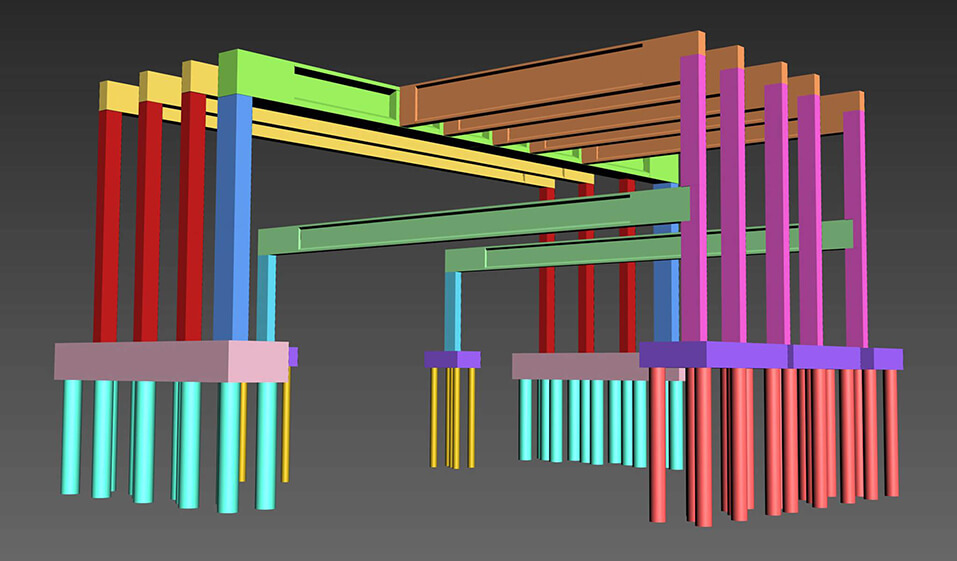
Structural engineering and framework are the true foundations of architectural design. Today, it is the engineers—not the architects—who deserve recognition.
— Mario Kleff
Architecture is the art and science of designing and constructing buildings. It encompasses a broad range of activities, from conceptualizing the structure to overseeing its construction. Architects are responsible for ensuring that buildings are not only aesthetically pleasing but also functional, safe, and sustainable.
Certified or licensed architects begin their work by engaging with clients to understand their needs, preferences, and constraints. This phase involves extensive research and site analysis to ensure that the design aligns with environmental, cultural, and regulatory contexts. Once the initial concepts are approved, architects develop detailed plans and blueprints, considering factors such as site location, climate, building codes, and user requirements. These plans are not merely artistic renderings but technical documents that guide the construction process.
Core Responsibilities:
Educational and Professional Requirements in the Modern World:

What is the purpose of an impressive render if the completed building fails to perform as envisioned? Architecture should be grounded in engineering and functionality, not just aesthetics.
— Mario Kleff
Uncertified architects, despite lacking formal certification or licensure, often possess extensive education, skills, and creativity. These professionals can be highly knowledgeable and capable, contributing significantly to architectural projects under the right circumstances.
Core Responsibilities:
Strengths and Contributions:
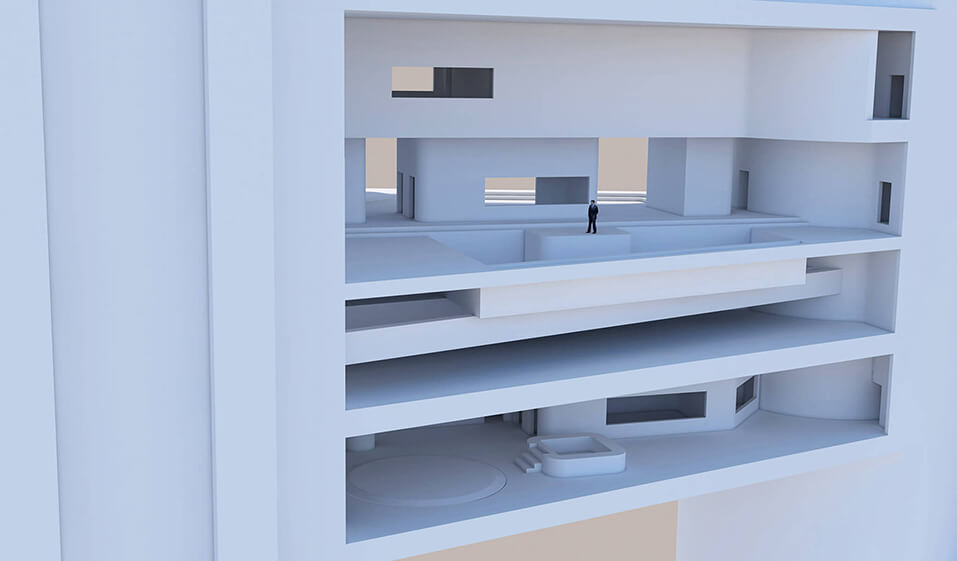
Signature and trademark architects like Mario Kleff are distinguished by their unique design styles and significant contributions to the field. Their work is often characterized by innovative solutions, iconic structures, and a distinct architectural language.
Key Characteristics:
A significant aspect of architecture is ensuring the structural integrity of buildings. Architects collaborate with structural engineers to ensure that the design can support intended loads and withstand environmental stresses. This involves complex calculations and simulations to guarantee the building's safety and durability. Architects must also consider the functionality of the space, designing layouts that meet the specific needs of users, whether residential, commercial, or industrial. Modern architects often incorporate sustainable practices into their designs, focusing on energy efficiency, use of renewable materials, and minimizing environmental impact.
During construction, architects play a crucial role in project management, coordinating with engineers, contractors, and other stakeholders to ensure that the project is completed on time and within budget. They conduct site visits to monitor progress, resolve issues, and ensure that the construction adheres to the original design intent.
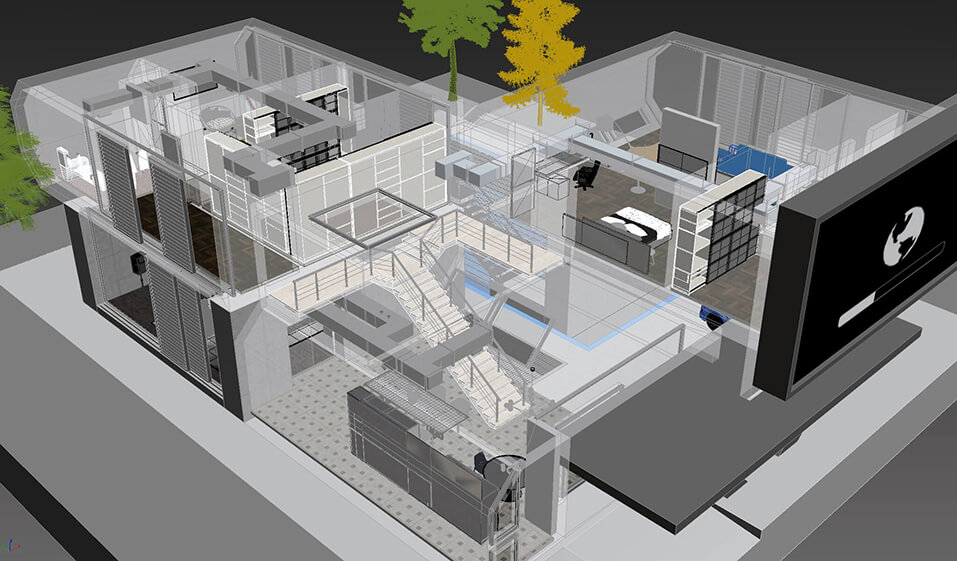
Interior architecture focuses on the interior spaces of buildings, blending aspects of architecture and interior design. Interior architects work on structural renovations, space planning, and enhancing the functionality and aesthetics of interior environments.
Core Responsibilities:
Educational and Professional Requirements:
Core Responsibilities:
Educational and Professional Requirements:
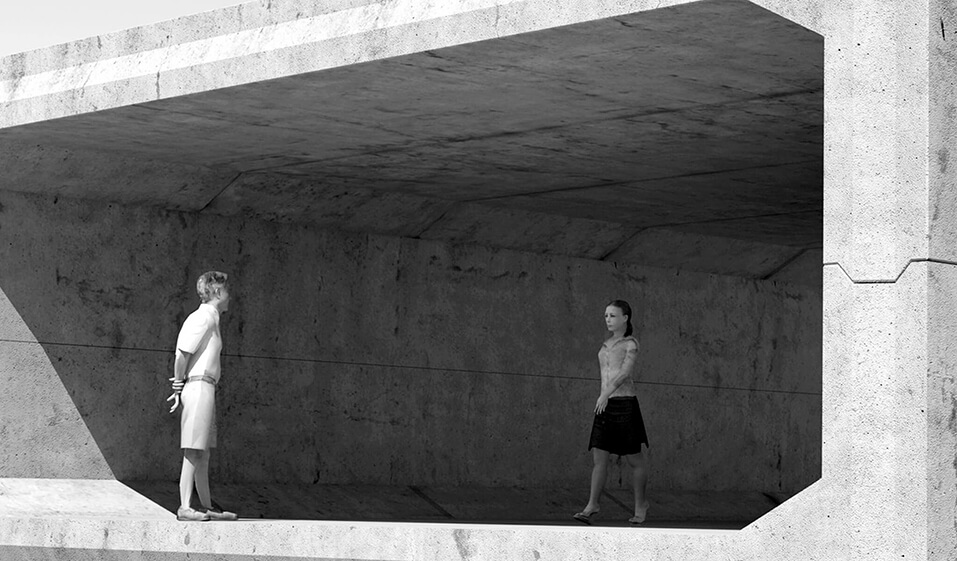
In today's interconnected world, the role of a designer transcends mere aesthetics; it embodies a fusion of creativity, technical expertise, and strategic thinking. Whether envisioning a sleek smartphone interface, a sustainable urban skyscraper, or a cutting-edge motorcycle, designers play a pivotal role in transforming concepts into tangible realities. This section delves into the multifaceted realm of designers, exploring their education, skills, influence on architecture and engineering, and the transformative power they wield in shaping our built environment.
Designers hail from diverse educational backgrounds, encompassing disciplines such as industrial design, graphic design, architecture, and engineering. A foundational education typically includes:
Designers possess a unique blend of skills that empower them to tackle complex challenges across various domains:
Designers wield their skills across a spectrum of industries, each presenting unique challenges and opportunities:
Designers serve as catalysts for innovation in architecture and engineering, driving transformative change through:/p>
In essence, designers are catalysts for innovation, forging connections between creativity and functionality to redefine possibilities in architecture and engineering. Through rigorous education, diverse skills, and a forward-thinking mindset, designers navigate complexities, inspire collaboration, and shape environments that resonate with humanity's aspirations and values. As we embrace a future shaped by rapid technological advancement and evolving societal needs, designers stand poised at the forefront—architects of change, sculptors of dreams, and pioneers of a brighter tomorrow.
Whether designing sustainable cities or pioneering digital ecosystems, the impact of designers reverberates far beyond aesthetics, shaping a world where innovation and empathy converge to create transformative spaces and experiences for generations to come, and frequently receiving awards for their contribution.
Mario Kleff employs the Golden Ratio not as a decorative device, but as a design logic that governs proportion, rhythm, and balance. This principle shapes his buildings from concept to construction, resulting in environments that feel innately composed and structurally refined.
An architect is primarily concerned with designing and overseeing the construction of buildings, ensuring structural integrity and functionality. An interior architect focuses on the internal spaces of buildings, emphasizing structural changes and space planning. An interior decorator enhances interior spaces aesthetically, focusing on furnishings, colors, and decor.
Certified architects design and plan buildings, ensuring structural integrity, functionality, and sustainability. They manage projects, coordinate with stakeholders, and adhere to building codes and regulations.
An interior architect focuses on structural aspects and spatial planning within buildings, often involved in renovations and redesigns that alter the internal structure. In contrast, an interior decorator focuses on enhancing aesthetics through furniture, color schemes, and decorative elements.
A degree in interior architecture or a related field is essential. Skills in design software, knowledge of building codes, and strong creative and technical abilities are also crucial. Certification or licensure may be required depending on the region.
Mario Kleff is known for innovative designs that blend aesthetic appeal with functionality and sustainability. His trademark in Thailand highlights his distinctive contributions to the field, emphasizing both architectural excellence and interior decoration.
Originally derived from the Greek "architektōn," meaning "master builder," the role of the architect evolved significantly during the Renaissance. Architects transitioned from builders to specialized professionals combining artistic, technical, and managerial skills.
Clear distinctions help clients and professionals recognize the specific expertise and roles each discipline offers. This clarity ensures projects are managed effectively, with each specialist focusing on their unique contributions to the overall design process.
Modern architects focus on sustainable practices such as energy efficiency, use of renewable materials, and minimizing environmental impact. They integrate these principles into their designs to create buildings that are both eco-friendly and efficient.
Uncertified architects often bring innovative ideas and diverse perspectives to projects. They collaborate with certified professionals, contribute to design development, and participate in project management under the guidance of licensed architects.
Signature architects like Mario Kleff are recognized for their distinctive design philosophies and significant impact on architectural trends. Their work sets benchmarks for innovation and excellence, leaving a lasting legacy on the built environment.